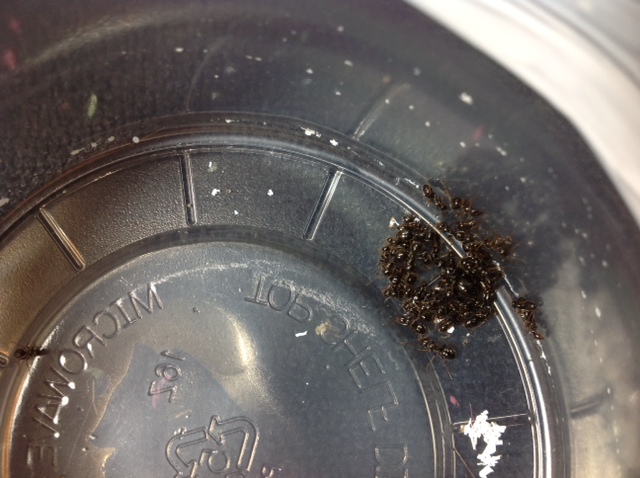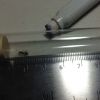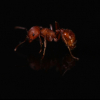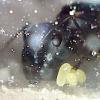Can someone help identify this species please? Thinking it may be Prenolepsis. Found under a rock in the mountains of Utah USA, April 22, 2015. Saw multiple queens. Collected one queen and a group of workers. They are not very active. Usually just huddling together as seen here in the pic.
- Formiculture.com
- Forums
- Gallery
- Members
- Member Map
- Chat





















